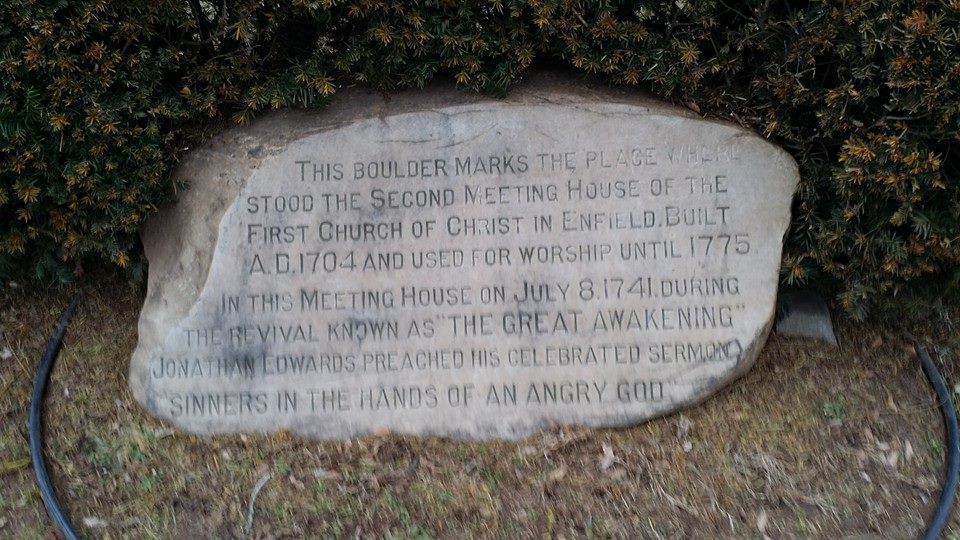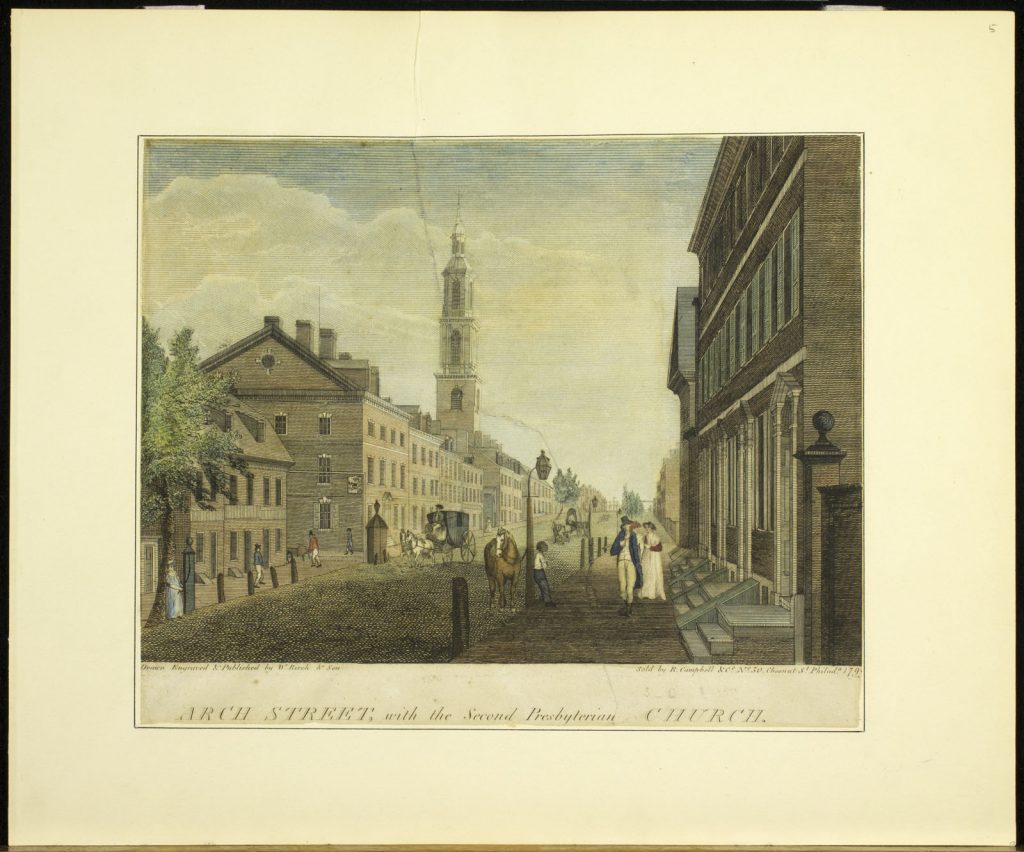What Was One Result of the First Great Awakening
Attention:This post was written a few years ago and may not reflect the latest changes in the AP® program. We are gradually updating these posts and will remove this disclaimer when this post is updated. Thank you for your patience!
Before the age of revolution, America experienced a time of intense revival and renewed focus on religion. It shaped much of American culture in years to come and laid the foundation for future religious and social movements. As an AP® US History student, it is absolutely essential that you understand the importance of the first great awakening in America. This crash course will fill you in!
Definition:
A movement of religious revival during the mid to late 18th century.
Background:
One of the most prominent movements of the 18th century was the enlightenment, which was a result of the scientific revolution. The Enlightenment, which originally took hold in Europe, encouraged people to value logic and reason more than just taking things at face value or accepting them by faith. People such as philosophers John Locke and David Hume led the movement. This ultimately led to a decline in faith, and often, a decline a piety. Church attendance declined, and the importance of spiritual matters in daily life was diminished.
Overview:
As stated in the definition, the first great awakening refers to a period of time in the mid 18th century marked by religious renewal. It was a time that saw a dramatic increase in preaching and church attendance, and religious and spiritual matters were brought to the forefront of American life, more so than they had been since before the enlightenment. People not only started to pay more attention to spiritual matters, particularly the Christian faith, but people also started to think about how these things played a role in their everyday lives. Also, emotion, more than reason, started to have a significant impact on people's faith.
A couple of key figures ultimately sparked the Great Awakening in America. One of those figures was Jonathan Edwards, a prominent minister who is most well known for his sermon titled "Sinners in the Hand of an Angry God." Edwards not only delivered very intense and emotional sermons, he was also an extremely well known author with many popular books. One of these books is simply known as "A Faithful Narrative" and it describes a revival that took place in Northampton, MA. His accounts of this revival sparked many other revivals across the country.

Another key figure to the first Great Awakening is George Whitefield. Whitefield was a popular preacher at the time and he was famous for his incredible oratory. He was known to attract thousands of people just to hear him speak. He is often described as a very theatrical teacher with a flair for the dramatic, and his preaching is rumored to have brought grown men to tears. Similar to Edwards, there was a certain emotional aspect to his teaching, which was mostly unheard of before hand.
One important theme that is important to know about the first Great Awakening is the idea of Old Lights and New Lights. Basically, Old lights did not appreciate all of the emotional fervor that went along with the Great Awakening, and they were ultimately against the Great Awakening movement. New lights, on the other hand, embraced the emotional aspects of the movement and were very much in support of it. Jonathan Edwards and George Whitefield both fall under the category of new lights. This created a divide within the church, although the New light movement was much more popular. It eventually even led to the creation of separate churches and universities based on this divide. Princeton University actually stemmed out of the first Great Awakening and the divide between Old and New Lights.
Effects of the Great Awakening:
The Great Awakening had numerous effects on the political and social spheres of the United States. For one, Protestant Christianity became one of the most prominent religions in America. Within Christianity, a lot of different forms and denominations emerged. Up until the Great Awakening, it was pretty much just Congregational, Quaker, and Puritan churches in the U.S. Because of all the new ideas being put forward, and the inevitable disagreements over these ideas, Christian groups broke off into different denominations. As a result Methodism, Baptists, Presbyterians, and a few other groups grew immensely.

Another effect is that it unified colonies. Although denominations meant more division within the church, they created a certain kind of unity among the colonies. This is mostly just due to the large scope of the Great Awakening. Regardless of where in the states you lived, chances are you had been exposed to Great Awakening teachings or had even been a part of the movement in some shape or form.
Lastly, it drastically changed the religious landscape of the United States. Religion started to become a much bigger part of everyday life. People began to practice piety, meaning that they practiced their faith fervently and consistently. It also had a much more emotional spirit to it, and was not so centered on knowledge and traditions. At the same time, it caused a refocusing on different theological ideas such as the pre-destination versus free will debate that marked the time. These new thoughts and ideas also opened up the way for different religious movements in the future, and made it easier for these to take hold.
Why you need to know it for AP® US History:
For the AP® US History exam it is almost a guarantee that you will be asked at least one question about the Great Awakening. It is absolutely essential that you know the time period when the first Great Awakening took place. Further, you may be asked about whom Jonathan Edwards or George Whitefield were. A likely question might ask you which leader wrote "Sinners in the Hands of an Angry God." Further, you could be asked a multiple choice question about the effects of the Great Awakening, and you should know that if "increased diversity among religions" is an answer, then it's the right one.
For free response or document based questions, you will need to know some of the origins of the Great Awakening, as well as some of the themes and effects of the movement. You should note how it was a time marked by religious fervor, and how the importance of emotions within religion greatly increased. Aside from specific people, time, and places, be aware of the themes and shifts that occurred.
This is a great topic to try to start thinking about potential questions and answers that may be asked (there aren't a ton of possibilities). Using this crash course review as a guide, you should be set for an APUSH questions about the first Great Awakening.
Looking for AP® US History practice?
Kickstart your AP® US History prep with Albert. Start your AP® exam prep today.
What Was One Result of the First Great Awakening
Source: https://www.albert.io/blog/first-great-awakening-ap-us-history-crash-course/